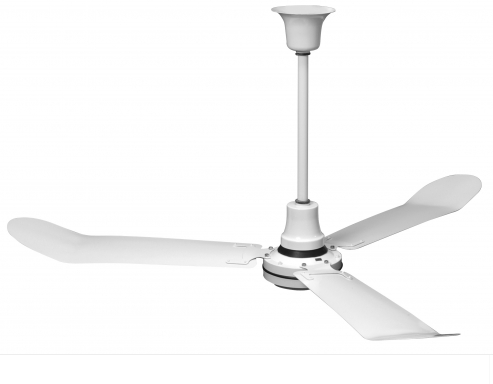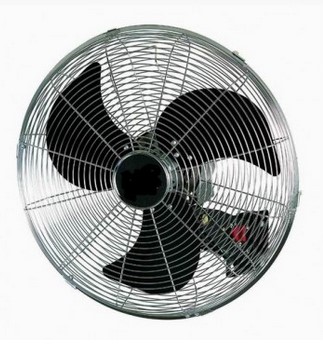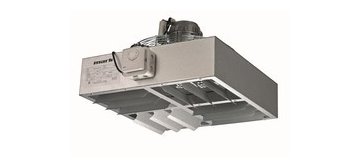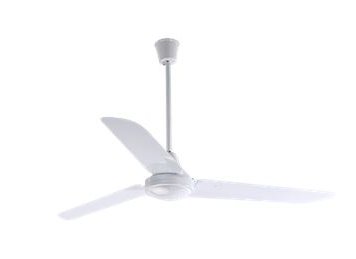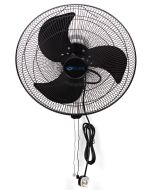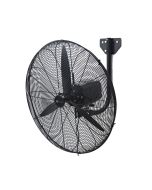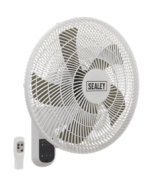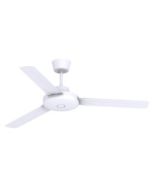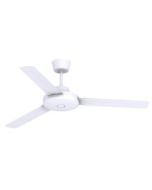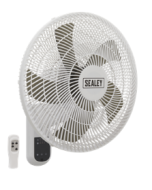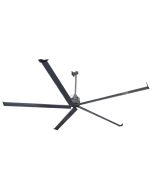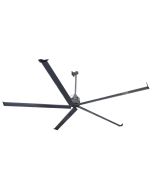Categories
- Heaters (38)
- Ventilation (6)
- Cooling (28)
- Dehumidifiers (7)
- Air Purifiers & Cleaners (26)
- Fans (21)
- Air Curtains (2)
Cooling a Room: Top 10 Tips for Creating the Optimum Environment

Some simple steps for cooling a room. Here are short pointers to guide you on efficiently to cooling a room and using the right equipment for your application.
- Cross ventilation can go a long way. Let air into a room through an "inlet" window or doorway, open internal doors and finally let the air escape out via "outlet" window and doors. Logically placed windows, doors, and fans significantly aid in regulating airflow through a room. Also placing a fan in front of an inlet window or a fan facing outward of an outlet window is a great way to help move cooler outside air through your room. A concept which naturally seems counter-intuitive compared to a fan placed in busy zones, can actually prove to be more effective.
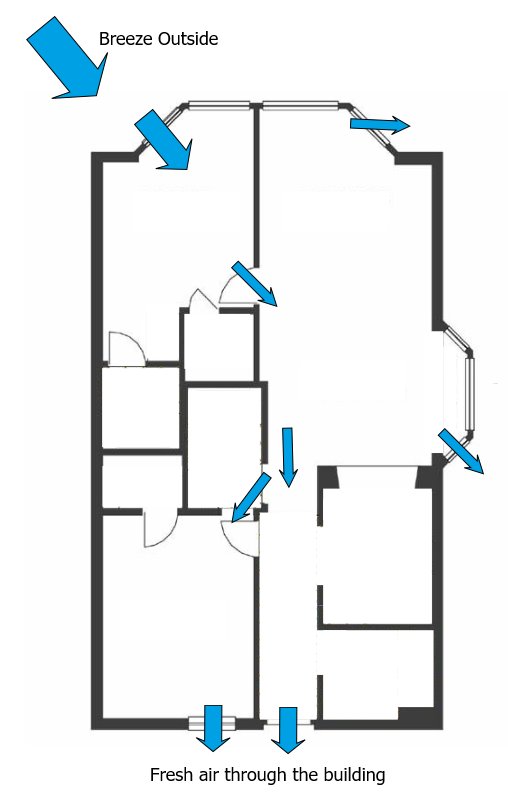
- Opening windows at night creates a cooler house during the day. Depending on your climate zone, temperatures significantly drop at night-time which creates a natural opportunity of which to take advantage.
- Curtains and blinds. Blocking heat rays through shutters or curtains is an often overlooked. It can help to keep the sun and heat out of the room and the cool air in.
- If you are using air conditioning close off rooms you're not using. The less air to cool the better. But if you are not using air conditioning then actually you might need to open internal doors to allow the passage of air through open windows on different sides of the building.
- Destratification fans are a low-cost and money-saving alternative. Thermal stratification is perhaps the single biggest waste of energy in buildings today in the heating season. And in the cooling season destratification fans can help by mixing and moving internal air in a building. Using a destratification fan in conjunction with open windows aids in regulating an optimum airflow throughout the room.
- Find the right size air conditioning unit for your application. Bigger is not always better! You run the risk of damaging your unit through 'short-cycling' and on the other hand a unit too small for the application will run the risk of loosing effectiveness because it is working so hard that the condensate on the cooling coil freezes preventing the passage of air through the coil.
- Keep the AC thermostat at a reasonable set temperature between 19° to 22°C which will not only help conserve energy, but will work to cool a room a lot more efficiently than at a lower temperature.
- Keep your unit up to scratch. Checking filters and coils can ensure your unit is working to its optimum output.
- Remember to turn the unit off when the ambient temperature becomes more bearable. Running it constantly not only costs more in terms of energy but will also shorten the life of the unit.
- Keep the thermostat away from appliances such as TVs or computers as it will pick up their heat radiation and keep the unit running longer than necessary.
Range of systems appropriate for cooling a room
Pros:
Cons:
| Pros:
Cons:
| Pros:
Cons:
|
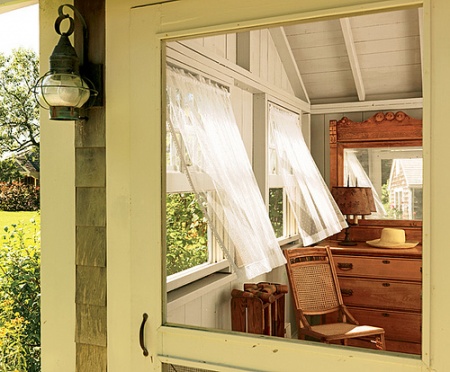 Open windows and doors Open windows and doors | ||
Pros:
Cons:
| Pros:
Cons:
| |
If you have any further questions about cooling a room, feel free to contact our UK office for further information on 0845 6880112 or visit us on our website.
Make An Enquiry
By creating an account with our store, you will be able to move through the checkout process faster, store multiple shipping addresses, view and track your orders in your account and more.
Articles related to this product
-
A wall mounted fan is a refreshing additon to many commerical settings. In this guide we look at the features that sort the good ones from the bad.06/05/16
-
The manufacturers and distributors make some staggering claims about thier destratification fan energy savings. Find out if they are true.12/04/17
-
The fact that hot air rises and cool air sinks is well understood elementary physics. Because it tends to happen in commercial and industrial space heated buildings, it is not only a problem for the comfort of staff, but also a needless additional heating cost. Destratification fans solve this probl09/04/21
Related Products




